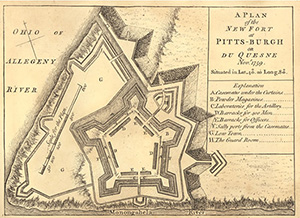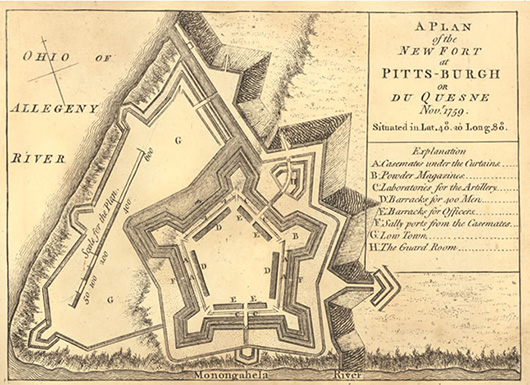
Those fragments of history – and many other original manuscripts – were on display Thursday in a half-dozen of the city’s museums and libraries as part of the annual meeting of the Manuscript Society.
“Pittsburgh is rich in all sorts of historical treasures that the average person doesn’t know Pittsburgh has,” said Charlotte Tancin, librarian at the Hunt Institute for Botanical Documentation at Carnegie Mellon University.
A bounty of historical documents in Oakland were on display Thursday, from the earliest known example of Johann Sebastian Bach’s hand at the Carnegie Library of Pittsburgh to a special 1792 printing of the Bill of Rights at the Posner Center at CMU to Foster’s original sketchbook at Stephen Foster Memorial Hall.
“Within a mile or two, you have all these fantastic repositories that hold key historical treasures,” said Michael Dabrishus, assistant university librarian for the University of Pittsburgh. “Not just for Pittsburgh and Allegheny County but for our nation’s history.”
In some cases, American and local history overlap.
The Hillman Library at Pitt put together a display Thursday for the Manuscript Society of the Darlington Collection, focusing on works collected in the 19th century by William Darlington concerning early American history and westward exploration. The exhibit is now open to the public, and will be until September.
Behind a glass case, visitors can view a 1754 letter from George Washington – on a yellowed piece of paper but written in script clear as day – describing an unfortunate surrender of a small fort at the forks of the Monongahela and Allegheny rivers. Another letter from Washington’s travel companion Christopher Gist describes Washington falling off his raft into the Monongahela as they attempted to cross the river.
Darlington also commissioned exact replicas to be drawn of early maps of the Pittsburgh region, including one used by Washington.
The Manuscript Society is a group of collectors, librarians and archivists dedicated to the study of original documents. The group has been meeting since 1948 in locations ranging from Ann Arbor, Mich., to Estonia, but this is its first visit to Pittsburgh. Once called the National Society of Autograph Collectors, the group changed its name in 1952 to reflect its broad focus.
And while Pittsburgh’s historical documents aren’t necessarily hidden, many collections are tucked away from most foot traffic. The Hunt Institute for Botanical Documentation, for example, is located on the quiet fifth floor of CMU’s Hunt Library. The institute is home to the collection of Rachel McMasters Miller, who began collecting botanical manuscripts at age 15 and went on to marry Alcoa chairman Roy Arthur Hunt.
The Hunt Library was constructed in 1960 to provide a home for the botanical collection, after the Hunts spurned offers from Yale University and Cornell University in order to keep the collection in Pittsburgh. At Hunt’s direction, the building was sheathed in Alcoa aluminum – with even the cabinets in the Hunt Institute for Botanical Documentation made of aluminum anodized to look like bronze.
On a table there Thursday lay one of the earliest Western documents indicating an interest in botany – a passage about herbs written on animal skins from about 1150. On the other end of the table, an elaborately drawn and illustrated gardener’s diploma marked graduation after years of study for a German gardener in 1741.
And on a ledge nearby, a note written and signed by Charles Darwin, asking an unknown recipient to bring him distilled water.
The displays were to continue Friday and Saturday, and the group was to view manuscripts in the collection of Pittsburgh Post-Gazette publisher John Robinson Block, as well as items at the Heinz History Center and documents at Fallingwater.
___
Online:
___
Information from: Pittsburgh Post-Gazette, http://www.post-gazette.com
Copyright 2014 Associated Press. All rights reserved. This material may not be published, broadcast, rewritten, or redistributed.
AP-WF-05-23-14 1517GMT
ADDITIONAL IMAGE OF NOTE


